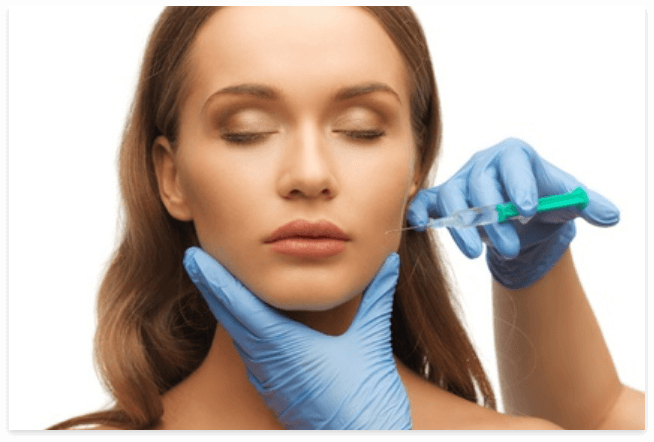Treatments
Hyaluronan Treatments

What is hyaluronan?
Hyaluronan is an important component of the skin’s connective tissue and can bind 6000 times its own weight in water. Even though the majority of the body’s own hyaluronan is found in the skin and serves to hold our cells together, it can be found almost everywhere in the body.
Hyaluronan binds moisture in its optimal form and simultaneously encourages the production of collagen and elastin. This gives the skin new elasticity and freshness.
Medical hyaluronan is a biotechnologically produced, gelatine-like substance which is injected with a small needle to compensate for age-related reduction in hyaluronan.
Each molecule of hyaluronan is capable of absorbing many times its own weight in water. This allows hyaluronan to very effectively hydrate the skin.
Dermatology use
Treatment
Treatment areas
Cotraindications
Wrinkle treatment with hyaluronan takes 20 – 60 minutes, depending on the area to be treated. To reduce the risk of bruising at the injection site, it is advisable to stop taking blood thinning medications prior to treatment.
After the treatment:
- Gently massage the tissue to speed up the process of tissue adaptation.
- In the first six hours after the treatment, the areas treated should not be touched unnecessarily. A light application of aseptic makeup is possible.
- Avoid extreme heat (tanning salon, sunbathing) and extreme cold until the initial skin redness and swelling has subsided.
Treatment areas
Cotraindications
Cotraindications
Orthopedic use

Hyaluron and the joints
Our joints are surrounded by synovial fluid, a viscous lubricant with high levels of hyaluronic acid. Hyaluronic acid is also abundantly present in joint cartilage and the surrounding connective tissue. Due to its own high viscosity, hyaluronic acid boosts the lubricating properties of the protective ‘film’ that helps to keep the joints and the cartilage smooth and supple and guards against damage from wear and tear.
Treatment areas
Injuries or inflammations arising from arthrosis, for instance, can bring down the level of hyaluronic acid in joints. I use a treatment method called visco supplementation (injecting hyaluronic acid into the affected joint) to compensate the negative effects of the missing hyaluronic acid. The goal is to prevent or at least slow down joint degeneration aggravated by increased friction between the joints. It is important to note, however, that a minimum amount of joint cartilage has to be present for a hyaluronic acid injection to be effective.
Treating arthrosis with hyaluronic acid is generally a symptom-oriented therapy. In case of specific structural causes that accelerate cartilage wear and tear beyond the expected level for the patient's age, I design my arthrosis treatment routine to address not only the symptoms, but also the causes.